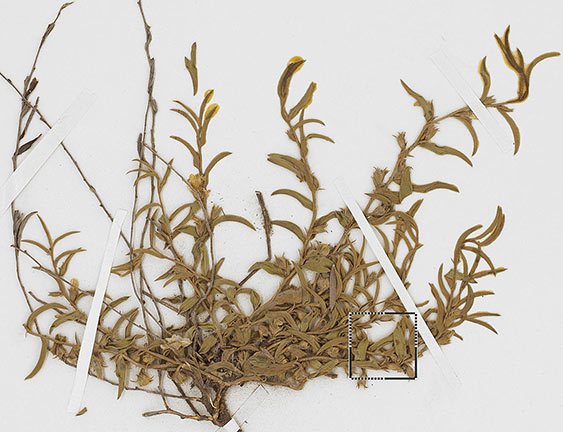
The above specimen (B.H. Warnock 21797 [SRSC]) was determined as E. nuttallianus by 3 experts.
Click on the hot spot in the 2 cm2 box to see a detail with venation, sepals and vestiture.

Evolvulus discolor with pubescent upper leaf surface in the Trans-Pecos, New Mexico and adjacent Mexico has often been misidentified as E. nuttallianus in herbarium collections. Blue to lavender corolla color has also played a role, tending to confirm the misidentification — although the cooccurrence of this color range with E. discolor in Mexico and E. sericeus S. Texas (even with a glabrous upper surface) is well established. Of 104 Trans-Pecos and adjacent Mexico collections determined as E. nuttallianus in TEX/LL and SRSC herbaria 82 (79%) have the venation pattern and habit distinctive for E. discolor. By contrast of 42 collections determined as E. nuttallianus in the UNM herbarium, only 3 (7%) were found to be E. sericeus (i.e., now E. discolor). I suspect that this difference stems at least in part from the significance assigned to vestiture in the different keys being used in Texas (primarily Shinners 1970) and New Mexico (perhaps Martin & Hutchins 1981, in which habit is significant).
The gallery on this page illustrates a number of collections that are currently determined as E. nuttallianus but for which the venation of E. discolor has been found. The small photographs of collection sheets on this page basically show little more than the plant's habit — which alone suffices to establish it as E. sericeus or E. discolor. Clicking on the image will give a larger view of the plant. Each small image additionally has a square 'hot spot' area (generally 1 or 2 cm of the specimen) which indicates visible venation on given leaves, often clear only at the leaf base. Clicking in that area on this page will produce an image made with a dissecting scope (or scanner) showing the palmatipinnate venation pattern.
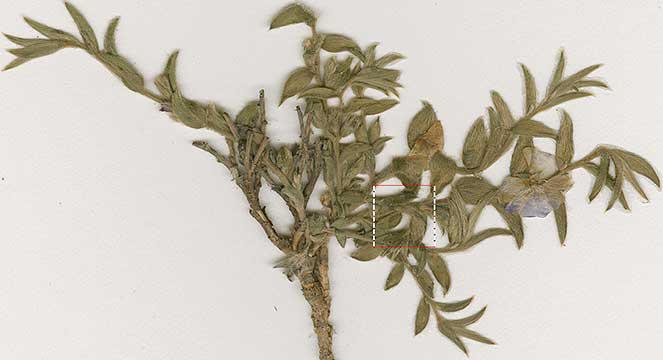
J.T. Columbus et al. 1169 (NMCR), Luna, NM
The liberal use of mounting glue has rendered the hairs translucent.
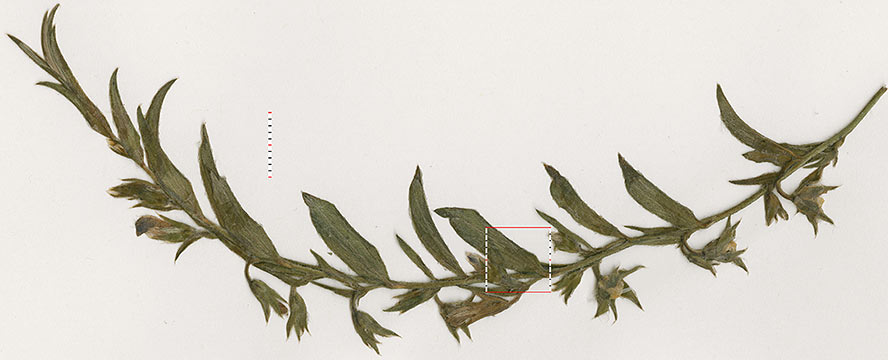
R.D. Ivey 2 (UNM), Hidalgo, NM
Mounting glue has rendered the hairs translucent, and the veins show through the hairs above it.

F. Broeke M0-6 (UNM), San Miguel, NM
There is an increased density of hairs along the secondary veins.
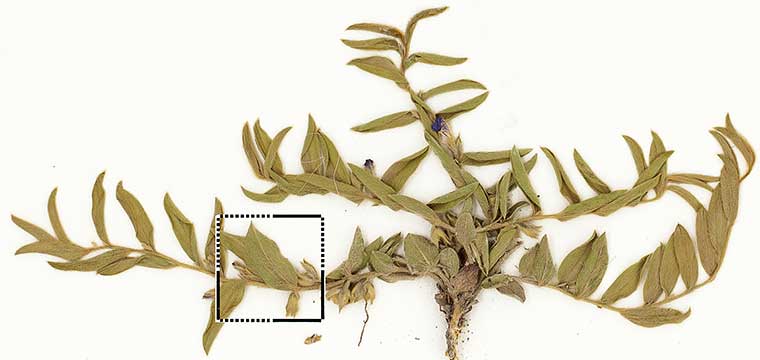
B.H. Warnock 19520 (SRSC), Brewster, TX
The increased density of hairs along the secondary veins shows the venation pattern, but without the hairs the veins would not be apparent.
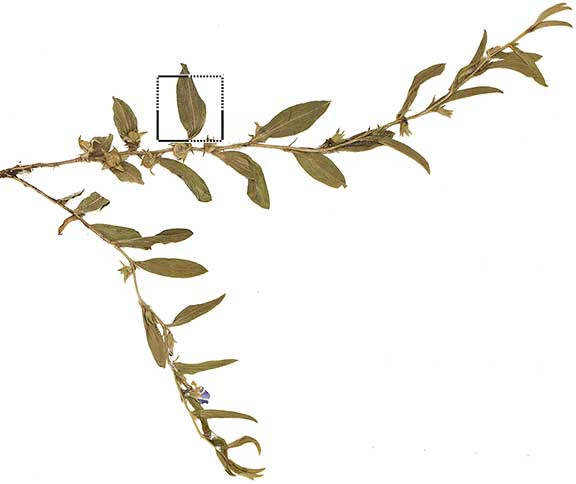
B.H. Warnock 11513 (SRSC), Jeff Davis, TX
The secondary veins in the epidermis are quite strong, in part because of the sparse vestiture.
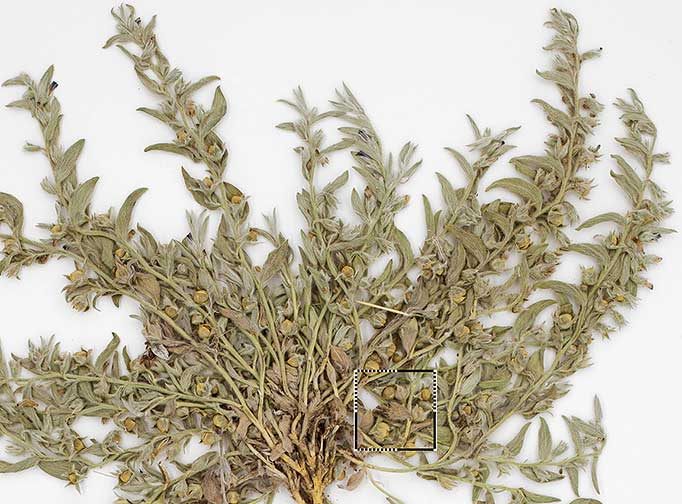
A.M. Powel et al. 6871 (SRSC), Presidio, TX
The secondary veins in the epidermis often become more visible with deterioration of the leaf epidermis.
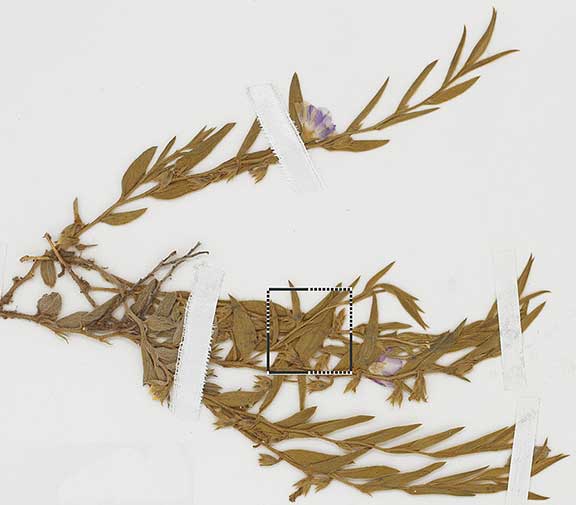
O.E. Sperry 7537 (SRSC), Brewster, TX
The secondary veins are often are brownish or pale and show through the vestiture.
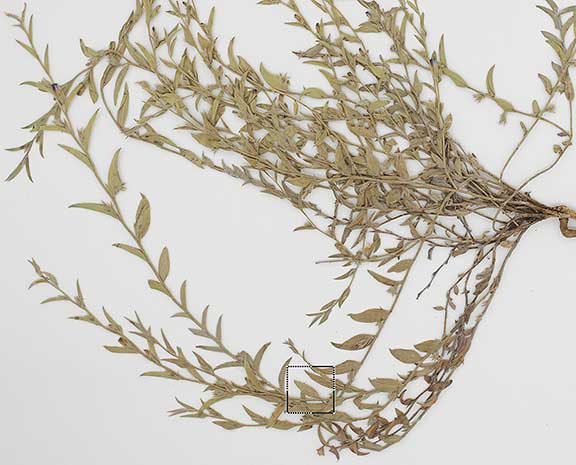
E.J. Lott et al. 5553 (SRSC), Presidio, TX
The darker brown secondary veins are most apparent at the very base, but can also be discerned above the base.
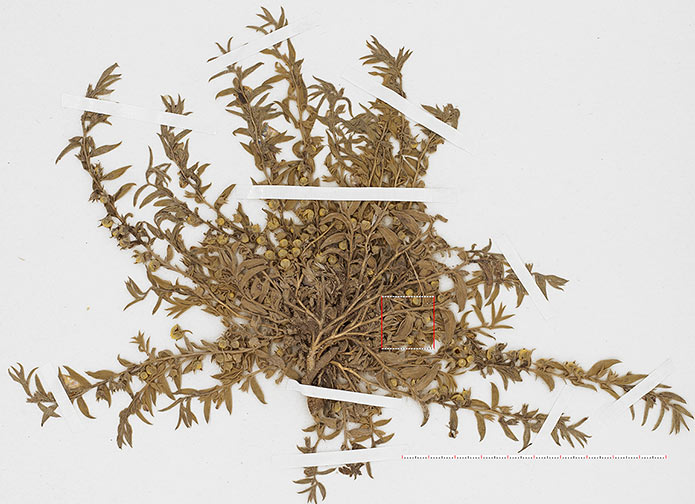
R.N. Cocke s.n. (SRSC), Presidio, TX
The secondary veins are lighter against the darker brown epidermis
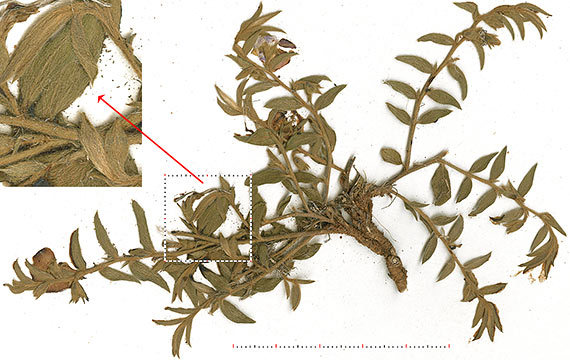
A.L. Hershey 2743 (NMC), Hidalgo, NM
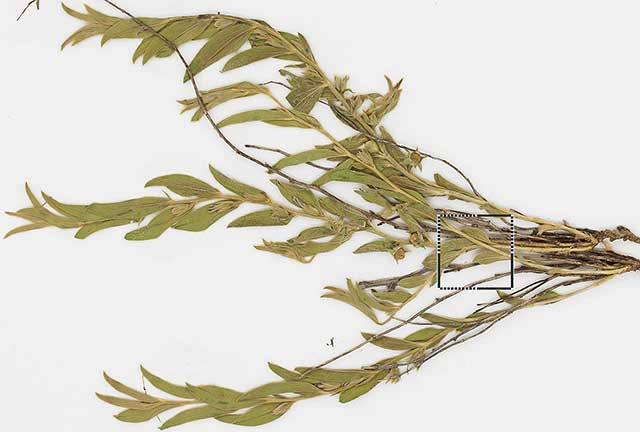
A.M. Powel (SRSC), Brewster, TX
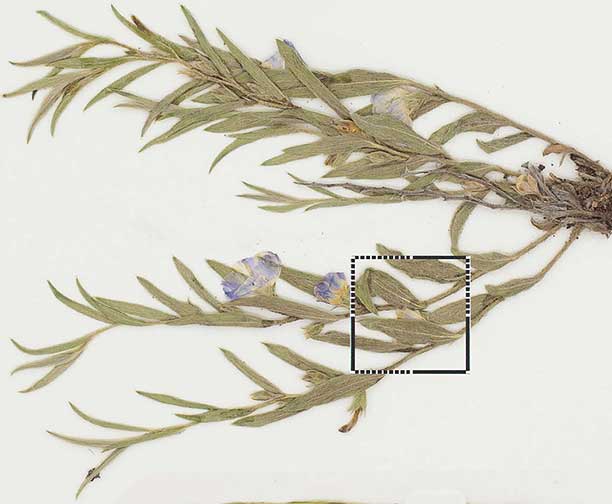
B.L. & G. Turner 99-496 (SRSC), Brewster, TX
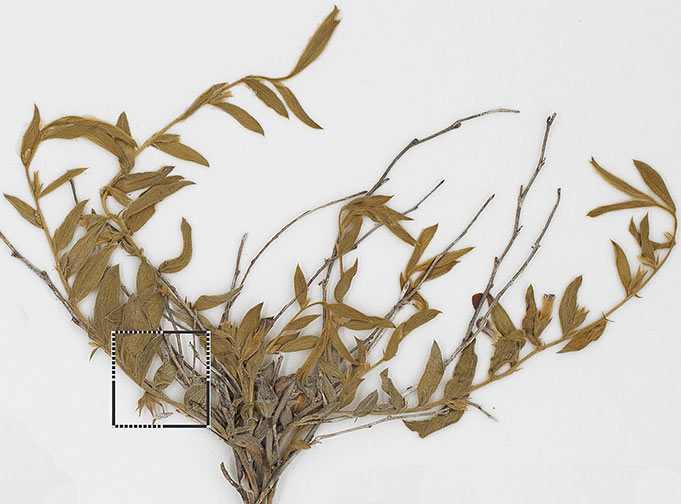
H.T. Fletcher 658 (SRSC), Presidio, TX
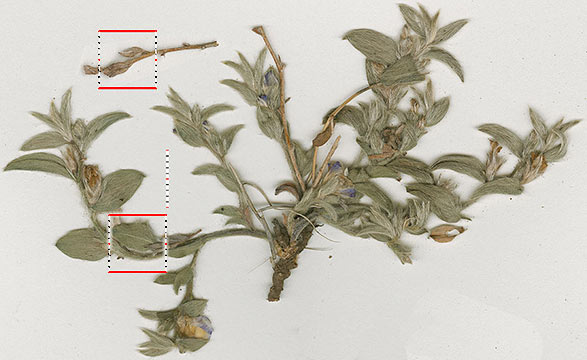
R.D. Worthington 26467 (UNM), Luna, NM